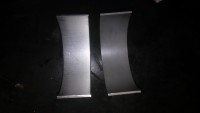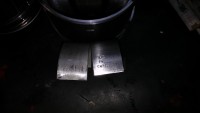Can anyone tell me which shell where it goes? I know how to assemble the engine and I do not ask about it. I would like to know which one up and down. I used to assemble such shells, but rather randomly put it on and it was good. Everyone says something else like this in finally mount?





